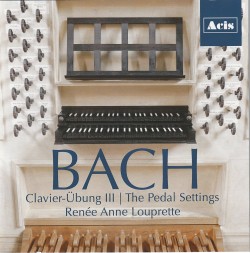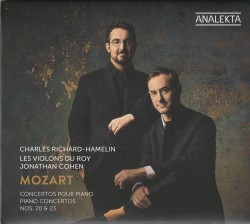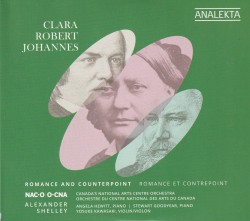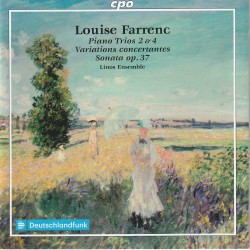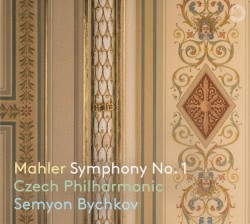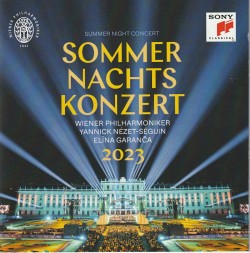Les Soupers du Roy - Arion Orchestre Baroque; Mathieu Lussier
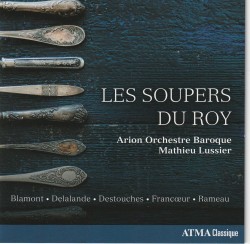 Les Soupers du Roy
Les Soupers du Roy
Arion Orchestre Baroque; Mathieu Lussier
ATMA ACD2 2828 (atmaclassique.com/en)
It was in 1683 that the French composer Michel-Richard Delalande was appointed superintendent of music of the Chapel Royal at the court of Louis XIV. As a result, most of his output was devoted to sacred music, but he also produced secular cantatas and a significant number of instrumental suites intended to accompany the royal dinners. Suites were a product of several French composers of the period and in light of their length (as were the gastronomic repasts themselves) excerpts from works by five composers are presented on this fine ATMA recording appropriately title Les Soupers du Roy, performed by the Arion Orchestre Baroque under the direction of Mathieu Lussier.
The disc opens with five movements from Delalande’s Cinquieme Suite with the ensemble delivering a stylish performance, clearly demonstrating an innate feeling for the repertoire. More fanciful is Destouches’ Le Carnaval et la Folie, the movements taken from the first comédie-ballet in France premiering at Fontainebleau in 1703. François Colin de Blamont was a pupil of Delalande and the three thoughtfully chosen excerpts from his ballet héroïque Fêtes grecques et romaines are performed here with a particular refinement and precision, the phrasing always carefully nuanced.
Jean-Philippe Rameau and François Francoeur are the most recent composers on the disc. The suite by Rameau was taken from his ballet héroïque Les fêtes de Polymnie from 1745, while Francoeur’s Fourth Suite “with trumpet, timpani and horns” is particularly jubilant, in keeping with the occasion of a royal marriage, thus rounding out a most compelling program.


